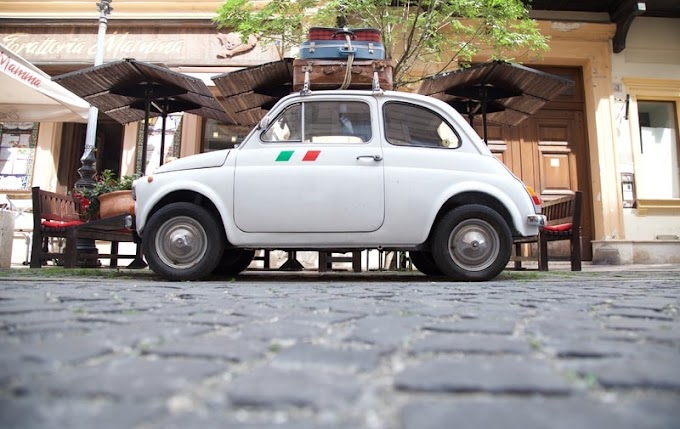So what causes red eye in photos?
While you’re probably just interested in finding out how not to have red eye effects in your images of people, it can be helpful to take a quick look at the issues that cause this effect in order to help you circumvent this problem. The red eye effect is caused by a direct reflection from a flash off of the back of a human retina. Essentially, because most built in flash units are just an inch or two from the lens, the flash sends light which is bounced from the back of the human retina, and reflects straight back into the lens of the camera. This reflection comes across in images as a red color, thus creating the red eye effect.
How do you eliminate red eye?
The first photography tip for eliminating red eye in your photos is to check to see if your camera has a built in red eye reduction setting. Most newer DSLRs and point and shoot cameras come with this feature. This setting will change your flash mode to help significantly reduce the effect of red eye in your photographs. It actually causes the flash to go off twice in two microbursts. The first small flash serves to cause your subjects pupils to contract and close, which reduces the amount of the retina which is exposed to the flash. When the second flash is triggered, the contracted retina produces almost no noticeable red eye effect.
Whether or not your camera does have a built in mode for this problem, you can also take a second step. You can change the direction of the flash. Now, most built in flash units won’t allow you to change the direction in which they throw the flash, so this will require a separate flash unit, which can be purchased relatively inexpensively. My personal favorite is the Nikon Speedlight Series, which comes at a range of price points. By using one of these external flashes, you can change the direction of the strobe by pointing the flash up toward the ceiling, or even using it without mounting it on the camera body and aiming it slightly to the right or left of your subject.
Source By: how to photography




0 Comments